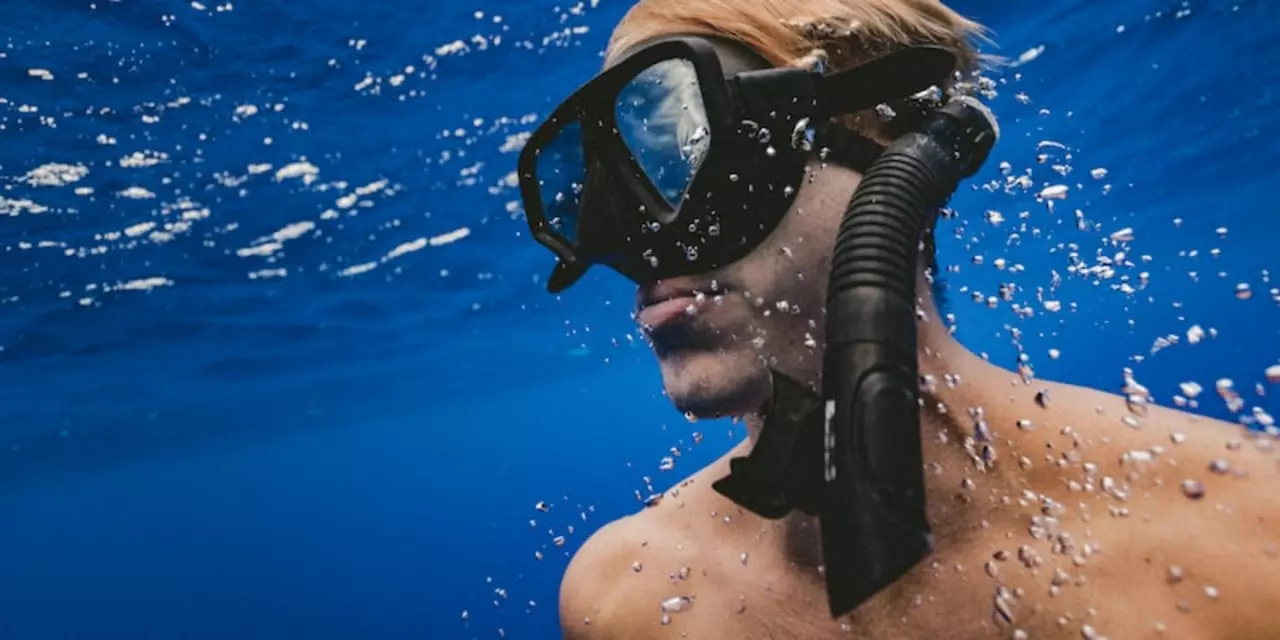Swimming Equipment Guide – Essential Gear for Every Swimmer
Whether you’re cutting laps at the local pool or training for a meet, the right gear makes a huge difference. Let’s break down the basics you need in your swim bag and how to keep each piece working its best.
Core Items You Can’t Skip
Goggles protect your eyes from chlorine, UV rays, and the occasional wayward splash. Look for a snug seal, anti‑fog coating, and lenses that match the lighting of your usual pool. If you notice fogging, leaking, or a stretched strap, it’s time for a new pair—usually every 3‑4 months for frequent swimmers.
Swim caps shave off drag and keep hair out of your face. Silicone caps are durable and stay on longer, while latex caps are cheaper but tend to tear faster. Choose a colour that makes you easy to spot in a crowded lane.
Fins help you develop a stronger kick and improve ankle flexibility. Short, blade‑style fins are great for sprint work; longer, flexible fins suit endurance sets. Start with a low‑density pair and progress as your power builds.
Training Aids and Extras
Kickboards, pull buoys, and paddles each target a specific part of your stroke. A kickboard isolates your legs, letting you focus on kick technique. A pull buoy lifts your hips, forcing you to rely on arm pull. Hand paddles increase water resistance, building upper‑body strength—just be careful not to overdo them early on.Other handy accessories include nose clips for those who can’t keep their nose dry, ear plugs for sensitive ears, and a waterproof watch to log your splits. All these items fit into a standard swim backpack that also holds a towel, water bottle, and a small first‑aid kit.
Now that you know what to buy, here’s how to keep everything in top shape. Rinse every piece in fresh water after each session to wash away chlorine. Store goggles flat, not in a tight case, so the lenses don’t warp. Caps should air‑dry completely before you stash them to avoid mildew. For fins and paddles, wipe them down and hang them up to prevent warping.
When you notice any wear—foggy lenses, cracked silicone, stretched straps—replace the item promptly. Using worn gear can cause eye irritation, reduced performance, and even injury.
Got a favorite brand or a tip that saved you money? Share it in the comments and help the Sutton swimming community up its game. With the right equipment and a little upkeep, you’ll swim smoother, faster, and more comfortably every time you hit the lane.
Do swimming goggles get worn out?
- Kieran Lockhart
- on Feb 17 2023
- 0 Comments
Swimming goggles are essential for swimmers to protect their eyes from chlorine and other chemicals found in swimming pools. However, goggles can become worn out over time, thus reducing their effectiveness. Signs of wear and tear include fogging up, reduced clarity, leaking, and stretching. Proper care can help extend the life of goggles and make them more comfortable to wear. It is also important to replace them after a few months of use to ensure proper protection.
